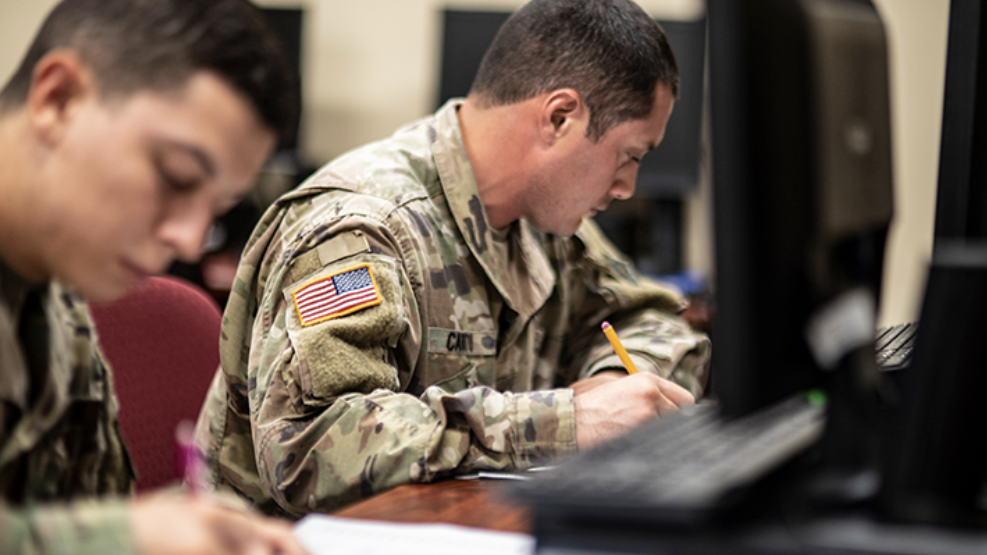
America's Manufacturing Crisis: A Call for Talent
The U.S. manufacturing sector is facing a seismic challenge: a projected shortfall of 3.8 million workers by 2033, with over 1.9 million positions expected to be unfilled unless urgent actions are taken. This crisis not only affects productivity and supply chains but also threatens the very economic growth necessary for American resilience. As discussions around reshoring manufacturing gain momentum, the question arises: where will the workforce come from?
Unlocking Potential: Veterans as Ideal Fit for Manufacturing
With approximately 200,000 service members transitioning to civilian life annually, America’s veterans present a vast potential workforce ready to fill these gaps in manufacturing. Veterans possess a wealth of competencies that align perfectly with industry needs:
Technical Expertise: Veterans are trained to operate sophisticated equipment, excel in managing logistics, and adhere to stringent safety protocols, making them well-suited for modern manufacturing environments.
Adaptability and Innovation: Military training fosters resilience and the ability to learn quickly, especially with new technologies — a vital trait in an era of automation and AI-driven processes.
Leadership and Team Dynamics: From directing units to collaborating within teams, veterans bring unparalleled leadership qualities and a commitment to operational excellence.
The Walmart Model: A Proven Initiative
Walmart’s Veteran Workforce Initiative exemplifies how corporations can effectively integrate veterans into the workforce. The initiative includes significant investments in career events, which foster visibility and connection opportunities, along with innovative tools designed to translate military experience into relevant civilian skills. Programs like these not only bridge the gap between service and industry but also honor the valor and dedication inherent in service members.
The Ripple Effect: Supporting Local Economies
Investing in veteran employment doesn’t just strengthen manufacturing; it nurtures local economies and communities. By hiring veterans, businesses contribute to a cycle of stability and growth. Veterans often bring a strong work ethic and loyalty that can translate into higher job retention rates, fostering a culture of dedication and accountability within workplaces.
Community Efforts to Bridge the Gap
Organizations like AristaHire and the Manufacturing Institute’s Heroes MAKE America initiative provide structured pathways and support systems that ease veterans’ transitions into manufacturing careers. Pursuing programs that offer certifications and practical training is essential for this transition, allowing veterans to leverage their military experiences toward civilian roles successfully.
Final Thoughts: A Path Forward
The infusion of veterans into the American manufacturing workforce offers a dual advantage: addressing severe labor shortages while honoring the skills and sacrifices of service members. As industry leaders recognize the intrinsic value of military training and experience, they can drive innovation and revitalization within the manufacturing sector.
It's time for business leaders to seize this opportunity and connect with veterans through targeted initiatives. Together, they can not only build a robust workforce but also create economic resilience for the future.
 Add Row
Add Row  Add
Add 




Write A Comment